Samsung Galaxy Note 10+ 5G camera review
The Samsung Galaxy Note 10+ 5G is the South Korean manufacturer’s latest flagship “phablet,” featuring a massive 6.8-inch AMOLED display with 1440 x 3040 (495 ppi) resolution. Powered by the high-end Exynos 9825 chipset, with a whopping 12Gb of RAM, there’s plenty of processing to handle a heavy work load.
The photography proposition offers no fewer than four sensors: a standard 26mm primary camera, a 13mm ultra-wide camera, a 52mm tele-lens, and a dedicated Time of Flight (ToF) sensor for depth estimation in Portrait mode. The primary camera uses a 12Mp sensor with 1.4µm pixels coupled to a variable-aperture f/1.5-2.4 lens with dual-pixel autofocus and Optical Image Stabilization (OIS). The ultra-wide angle boasts a higher-resolution 16Mp sensor with 1.0µm pixels and a fixed-aperture f/2.2 lens. The tele-camera comes with a 12Mp-resolution sensor and a slightly brighter f/2.1 aperture lens on the Note 10+ 5G compared to the S10 5G.
The device captures 4K video at 30fps in default mode, with 60fps available. We’ve put Samsung’s latest flagship through our comprehensive testing protocol. Read our full review to find out how it performed.
Key camera specifications:
- Quad-camera, including ToF sensor
- Primary: 12Mp sensor with 1.4µm pixels, 26mm (equivalent) variable-aperture f/1.5-2.4 lens, dual-pixel AF, OIS
- Ultra-wide: 16Mp sensor with 1.0µm pixels, 13mm (equivalent) f/2.2-aperture lens
- Tele: 12Mp sensor with 1.0µm pixels, 52mm (equivalent) f/2.1 aperture lens, PDAF, and OIS
- 4K video, 2160p/60fps (2160p/30fps default)
About DxOMark Mobile tests: For scoring and analysis in our smartphone camera reviews, DxOMark engineers capture and evaluate over 1500 test images and more than 2 hours of video both in controlled lab environments and in natural indoor and outdoor scenes, using the camera’s default settings. This article is designed to highlight the most important results of our testing. For more information about the DxOMark Mobile test protocol, click here. More details on how we score smartphone cameras are available here.
Test summary
 mobile
mobile
Achieving a DxOMark Mobile score of 113 points, the Samsung Galaxy Note 10+ 5G becomes the top-ranked device for smartphone image quality in our database. An excellent performance across the board means that whether you’re shooting photos or videos, you can be confident of getting outstanding results from Samsung’s latest flagship device. While the scores are broadly similar to its stablemate Galaxy S10 5G, some fine-tuning of the processing algorithms has improved on the excellent image quality previously observed on Samsung premium devices.
For still photos, the Note 10+ 5G’s DxOMark Photo score of 118 ranks second in our database, just a point behind the Huawei P30 Pro. Exposures are consistent and accurate across a range of lighting conditions, with excellent results. The Note 10+ 5G also boasts very wide dynamic range when capturing images in very bright or in high-contrast conditions, where highlight and shadow detail is well-preserved and exposure on faces is generally spot on.
Generally neutral white balance, accurate rendering, and high levels of saturation ensure that color is vivid and pleasant in most tested conditions. Samsung has stuck with a 12Mp resolution for the Note 10+ 5G, but the sensor still manages to pack in plenty of detail, with particularly well-defined edges and intricate elements visible in good lighting conditions. It’s not the best device we’ve tested for noise, which can sometime become visible in lower light conditions, but broadly speaking, the Note 10+ 5G manages the texture-versus-noise trade-off well.
Providing an optical zoom solution at 2x magnification, the 52mm-equivalent lens records very high levels of detail, low noise, and good color in close-range zoom shots. It’s not quite as good at longer focal lengths when the digital zoom processing kicks in, but with a modest amount of pinch, zoom detail holds up well in good light, and aside from some minor noise and artifacts, image quality is reasonably well-controlled. Samsung has also improved the bokeh simulation in the Note 10+ 5G’s Portrait mode, too, with notably better texture on faces compared to the S10 5G. Subject isolation is generally very good as well, and a mild but pleasant depth-of-field effect includes nice spotlights and a realistic transition effect that blurs objects both in front and behind the subject.
Add to all that a fast, accurate and reliable autofocus system and an effective flash module, and the Note 10+ 5G delivers top-notch images across a variety of shooting scenarios.
Video performance is no less impressive, and a DxOMark Video score of 101 points makes the Note 10+ 5G the best overall device for capturing moving images that we’ve tested so far. Video exposures are accurate in almost all conditions, with fairly wide dynamic range ensuring good detail in the highlights when capturing videos in bright or high-contrast conditions. Video color is usually bright and vivid, too, and the Note 10+ 5G is capable of high levels of detail in its 4K videos, with well-managed levels of noise in both indoor and outdoor lighting conditions. Video autofocus is also fast and accurate, with good subject tracking; together with an effective stabilization system, you can be confident of nice smooth playback of movie files.
Photo scores explained
The Galaxy Note 10+ 5G’s second-place Photo score of 118 points is calculated from sub-scores in tests that examine different aspects of a device’s performance for still images under different lighting conditions. In this section, we take a closer look at how these sub-scores were determined and compare image quality against some key competitors.
Exposure and Contrast (96)
The Note 10+ 5G is a top performer for exposure, with good scores in all lighting conditions and slightly better measurements compared to the S10 5G in very bright light. Tested in the lab, target exposures are good in all lighting conditions between 5 and 1000 lux, with high levels of contrast ensuring pleasant results. In near-dark conditions of 1 lux, it’s not quite as good as the P30 Pro, which produces the brightest images in these conditions, but it’s noticeably better than the iPhone XS Max.
HDR processing is excellent in bright conditions outdoors, and in our challenging shady portrait test scene, the Note 10+ 5G achieved the best result, with great exposure of both the portrait and the background. The P30 Pro retained the most highlight detail of the three devices, but the Note 10+ 5G achieved better exposure in the shadow areas, as both the both the P30 Pro and iPhone XS Max underexposed the subject and the darker regions in their shots.
HDR rendering isn’t quite as good indoors, but the Note 10+ 5G achieved good target exposures overall, and reasonably bright images in challenging indoor scenes. In our back-lit indoor portrait, it also preserved highlights well in the bright areas outside the window, but the target exposure on the subject’s face was slightly low.
Color (88)
An excellent score for color, and although it drops a point behind the class-leading S10 5G in this category, the Note 10+ 5G remains a very good performer, with generally accurate white balance and pleasant color rendering in all lighting conditions. Color is particularly vibrant in outdoor images, and although high levels of saturation in sunny conditions might be too strong for some tastes, there’s no denying that the hues really pop. It’s not quite as impressive in cloudy conditions, with a slightly blueish color cast evident, but it’s not overly problematic and color remains strong.
Colors continue to be bold and well-saturated in indoor images, with accurate white balance generally achieved under a range of artificial light sources and mixed lighting conditions.
The Note 10+ 5G dropped a point compared to the S10 5G due to a slightly pinkish color cast and some minor color shading in low-light lab measurements, but both problems are far from concerning.
Autofocus (99)
The Note 10+ 5G achieves outstanding results for autofocus, which is fast, accurate and reliable in all lighting conditions. Samsung’s latest device matches the overall autofocus score of 99 points of the S10 5G and is just a point behind the top-ranked devices in this category (e.g., the P30 Pro and iPhone XS Max). This small difference is mostly due to the fact that the Samsung, unlike the Huawei and Apple devices, does not come with a raw buffer that allows for automatic selection of the best image from a burst. The Note 10+ doesn’t feature negative shutter lag either, but the autofocus is very quick and consistent. During our benchmark autofocus tests in which we defocus the device between shots and wait either a short (500 ms) or long (2000 ms) delay before requesting focus, the new Samsung consistently snapped into sharp focus in super-quick time.
Texture (72) & Noise (77)
The Note 10+ 5G displays a very modest improvement in detail preservation over the S10 5G, gaining an extra point over its stablemate in the texture category along with good results in all lighting conditions. Tested in the lab, static images display exceptional detail of around 80% acutance between indoor (100 lux) and outdoor (1000 lux) lighting conditions, with texture preservation dropping only slightly in low-light conditions (5 lux).
The Note 10+ 5G is also very good with scenes containing motion under indoor and outdoor lighting conditions, with acutance of around 70%, making it a good option for shooting moderate subject movement such as child portraits or street scenes. As with its competitors, subject motion isn’t as well-defined in low-light conditions, but it’s acceptable and about as good as you can currently get with a smartphone.
Scoring a maximum of 10 in our perceptual analysis of detail in outdoor images, the Note 10+ 5G is up there with the best performers in bright conditions, with intricate areas generally very well-defined. The only exception is some loss of detail in the dark areas in high-contrast scenes when the main subject is close to the camera; further, backgrounds are slightly softer if the camera uses its wide f/1.5 lens aperture setting. The Note 10+ 5G also controls luminance noise well in bright flat areas like the sky in outdoors images, although under close inspection noise is occasionally visible in the darker areas.
When viewing closely the comparison samples below, you can see that both the Note 10+ 5G and the S10 5G are capable of rendering excellent fine detail in bright light, but are just edged out by the Apple iPhone XS Max, which is still the class leader for bright-light detail.
As light levels drop, the Note 10+ 5G handles the texture-versus-noise trade-off well, and some fine-tuning by the Samsung engineers has improved it fractionally over the S10 5G in low-light conditions. Noise is sometimes visible in the darker areas of indoor images, and the P30 Pro offers cleaner results, especially in extreme low light, but the Note 10+ 5G isn’t far behind and is better than the iPhone XS Max, which can get quite noisy.
Shooting natural test scenes indoors, the results for the Samsung and Apple models almost match that of the P30 Pro, although the latter’s slight advantage for detail and noise is clear.
In low light (20 lux), the P30 Pro remains out in front. But between the Note 10+ 5G and iPhone XS Max runners-up, however, the Samsung device displays less visual noise, but also less clearly-defined fine detail than its closest rival.
Flash (96)
The Note 10+ 5G offers a very effective flash solution, with excellent results in both flash-only and mixed-lighting scenarios. That said, it’s a slight regression from the outstanding performance of the S10 5G, with flash shots from the Note displaying slightly more vignetting and color shading. Note shots are marginally better using flash as the only light source (0 lux), where accurate target exposure and white balance ensure nice skin tones on portraits; details are also well-preserved and vignetting minimal. Flash results at 0 lux are broadly similar to those of the P30 Pro and are a notable improvement over the iPhone XS Max, which isn’t great for flash, showing serious underexposure and evident vignetting.
Mix in a little tungsten artificial lighting (5 lux) and flash shots remain very good on the Note 10+ 5G. Exposure and white balance remain accurate and very stable, and the smartphone achieves consistent results over consecutive shots. So it’s only for the slight increase in vignetting and some color shading where the Note 10+ 5G dropped a couple of points for flash.
Artifacts (78)
The Note 10+ 5G achieves a good score for artifacts. While some minor problems exist, they’re generally noticeable only when viewing images at large scale and aren’t too detrimental to image quality overall. The main penalties we applied were for ringing along high-contrast edges, as well as for aliasing, and for maze and moiré patterns, which are visible in most images. We also observed some other issues, such as some geometric distortion, ghosting, flare, fringing, color quantization, and a loss of sharpness in the corners of the frame, but these artifacts occur less frequently. So overall, while the Note 10+ 5G isn’t quite as strong as such top performers for artifacts as the iPhone XS Max, the problems are fairly minor on the whole.
Zoom (76)
Achieving 76 points for zoom, the Note 10+ 5G is one of the best-performing devices we’ve tested. Thanks to slightly better texture observed in images shot in the lab, the Note posts a small improvement of 2 points over the S10 5G’s score. Better texture is especially noticeable in indoor and low-light conditions, where the new model benefits from its slightly wider aperture; otherwise, the two devices are very comparable. The Note 10+ 5G’s 52mm-equivalent tele-lens is an excellent performer in all lighting conditions for close-range zoom, and results remain very acceptable at medium range in both outdoor and indoor lighting conditions, too. In fact, the Note 10+ 5G records the best fine detail in bright light that we’ve seen in close-range zoom shots (2x magnification), with a modest improvement in edge rendering compared to the P30 Pro and a significant improvement over the iPhone XS Max.
At medium range (~4x magnification), some ringing, hue shifts and color quantization start to become visible on close inspection, but the Note 10+ 5G continues to handle noise pretty well and detail remains good in bright light. The P30 Pro remains the leader for long-range zoom (~8x magnification), however, so expect to see a loss of detail in the Note 10+ 5G’s long-range zoom shots compared to the P30 Pro; this said, the Samsung device does a fractionally better job than the iPhone XS Max at these long distances.
In indoor zoom shots, the Note 10+ 5G continues to offer reasonable texture and detail preservation and is a slight improvement over the S10 5G. A little more noise and lower levels of detail are again evident compared to the P30 Pro, but the Note 10+ 5G continues to be better than the iPhone XS Max for indoor zoom at medium range.
Bokeh (75)
An outstanding result for bokeh, with the Note 10+ 5G the first device to achieve 75 points in this category. This is only a small improvement over what was already a very good bokeh implementation on the S10 5G, but slightly better subject isolation, spotlight rendering, gradient blur, and particularly texture on faces are all noticeably better. Better texture on faces is again likely due to the slightly wider aperture on the Note 10+ versus the S10 5G.
Depth estimation isn’t perfect, with some slight masking errors and artifacts occasionally visible, but the dedicated ToF sensor generally does a very good job. A pleasant depth-of-field effect is consistently applied to both portraits and static objects when requested and blur transitions look natural, with objects both in front and behind the subject blurred.
Using Portrait mode indoors, texture rendering on faces has improved over the S10 5G, too; further, there is more detail compared to the P30 Pro, and less noise than the iPhone XS Max, thus giving the Note 10+ 5G the advantage for indoor bokeh shots.
The HDR in the Note 10+ 5G’s bokeh shots is also improved with respect to the S10 5G in high-contrast scenes, with better brightness in the shadows in portraits when the background is much brighter. The spotlight effect is also enhanced, with a good shape and contrast to the background bokeh, which the Note also renders more regularly. The only downside to the Note 10+ 5G’s bokeh simulation is a slight lack of contrast that can make images look a little flat in the shadows.
Video scores explained
With an overall Video score 101 points, the Samsung Galaxy Note 10+ 5G is a top performer for capturing moving images. The overall Video score is derived from performance and results across a range of attributes in the same way as the Photo score: Exposure (87), Color (90), Autofocus (96), Texture (73), Noise (79), Artifacts (84), and Stabilization (93).
Tested under lab conditions, the Note 10+ 5G offers excellent target exposures in videos shot under light sources between 5 and 1000 lux, and its results are very similar to those of the S10 5G and the P30 Pro. With the ideal range for target exposures between 40 and 60 L*, the Samsung, Apple, and Huawei devices offer good target exposures down to around 10 lux, but the Note 10+ 5G’s exposures are generally a little brighter compared to the iPhone XS Max’s. In extreme low light below 5 lux, target exposures hold up a little better on the P30 Pro, but the Note 10+ 5G’s videos remain just about usable in these conditions.
Dynamic range is fairly wide in the Note 10+ 5G’s videos, too, with the device generally preserving good detail in the highlights in high-contrast conditions. It’s not quite as good as the iPhone XS Max, though, as the Apple device records more detail in the shadow regions in bright outdoor scenes and provides smoother exposure transitions as the light changes.
Color is generally bright and vivid, with particularly bold hues in the Note 10+ 5G’s outdoor and indoor videos. Color is a little undersaturated in lower light conditions, but it remains acceptable. White balance is mainly accurate, too, with the exception of a slight pinkish color cast visible in the Note 10+ 5G’s low-light videos.
Detail preservation is another strength for the Note 10+ 5G’s videos, and Samsung has managed to improve texture over the S10 5G in low-light and indoor conditions. In both indoor (100 lux) and outdoor (1000 lux) conditions, the Note 10+ 5G’s 4K-resolution videos achieve excellent texture acutance scores of over 80%, with noticeably sharper detail compared to the 1080p files that the iPhone XS Max and P30 Pro capture in default mode. The Samsung also records more detailed textures than the P30 Pro and XS Max in indoor conditions, but it is not quite as good as other 4K devices such as the OnePlus 7 Pro. In low light, the Samsung applies fairly strong noise reduction that results in a noticeable drop in texture acutance.
The crops below show the same image area in each video still (unlike the 100% crops we otherwise use throughout this review) to illustrate the resolution advantage you get from the Note 10+ and S10 4K video mode over the iPhone’s 1080p resolution.
The Note 10+ 5G handles noise very well in most lighting conditions, so you can expect clean indoor and outdoor videos generally. It’s not so good in low-light conditions, however, where a build-up of a strong coarse noise is often evident. You can see against its main competitors that the Note 10+ 5G’s temporal noise is generally lower in good lighting conditions, while the P30 Pro is a little cleaner in low light down to 5 lux and again noticeably better in extreme low light.
In terms of video artifacts, the Note 10+ behaves very similarly to the S10 5G, with some strong aliasing and tone compression resulting in heavier penalties in this category. The Note 10+ 5G’s stabilization is very effective, however, with residual motion and judders well-controlled in handheld walking and panning videos. The Note 10+ 5G’s autofocus is also very competent when shooting video, and its fast response times and minimal refocusing mean that you can be confident of smooth video playback in most conditions.
Conclusion
With the continued improvement of camera performance for both mid-range models and cheaper flagship devices, there’s pressure on Samsung to keep improving the image quality on its premium devices. Fortunately, the new Samsung Galaxy Note 10+ 5G does just that. Thanks to hardware advancements such as a new chipset and a wider aperture on the tele-camera, improved algorithms and fine-tuning, the Note 10+ 5G has further improved on the excellent performance of previous high-end Samsung devices, making it the top-ranked device for image quality in our database. It’s a solid all-rounder, with excellent still image and video quality in most lighting conditions. The Note 10+ 5G’s combination of excellent exposure, color, detail and bokeh for stills, together with excellent all round video, means that it steals the top-spot spoils from the Huawei P30 Pro for now.
Photo pros
- Fast, accurate and repeatable autofocus
- Accurate target exposures outdoors and indoors with wide dynamic range
- Pleasant bokeh with good blur gradient and nice spotlights
- Well-controlled noise
- Vivid and pleasant color in most conditions
- Good detail in zoom shots at close and medium range
- High detail in flash shots
Video pros
- Good detail in indoor and outdoor videos
- Well-managed noise in indoor and outdoor videos
- Generally good exposure with wide dynamic range
- Bright and vivid color
- Fast, accurate and repeatable autofocus
- Effective stabilization
Photo cons
- Ringing, aliasing, and loss of localized detail
- Some oversaturated color and occasional white balance casts
- Occasional noise in dark areas in indoor and outdoor shots
- Some depth estimation failures in bokeh shots
- Fine detail lost in long-range zoom shots
Video cons
- Pinkish color cast in low light
- Coarse noise in low light
- Loss of texture in low light
- Exposure instabilities when tracking
.col.pros ul, .col.cons ul { list-style: none; padding: 0; margin: 0; } .col.pros li; .col.cons li { padding-left: 0; } .col.pros li::before { content: “\f106”; padding-right: 15px; color: green; font-family: ‘fl-icons’ !important; font-weight: bold; } .col.cons li::before { content: “\f107”; padding-right: 15px; color: red; font-family: ‘fl-icons’ !important; font-weight: bold; } #shoutouts { } #shoutouts .img-wrap { text-align: center; height: 80px; position: relative; padding: 0px 20px 0 0; } #shoutouts .img-wrap img { max-width: 100%; max-height: 100%; position: absolute; top: 0; bottom: 0; left: 0; right: 0; margin: auto; padding: 0 10px; } #shoutouts h3 { line-height: 1.3; margin-bottom: 10px; min-height: 52px; } #shoutouts h4 { font-size: 12px; color: #888888; } #shoutouts .tile-wrap { padding: 0 15px; } #shoutouts .tile-wrap > .col { padding: 15px; } #shoutouts .col-inner { border: 1px solid #dadada; }
source http://wphost.com.np/2019/08/12/samsung-galaxy-note-10-5g-camera-review/





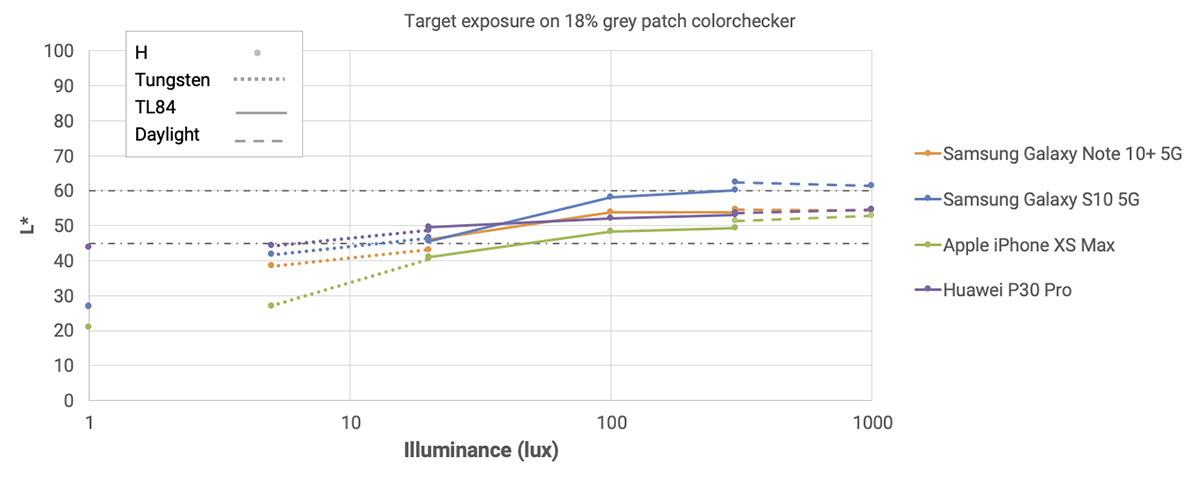


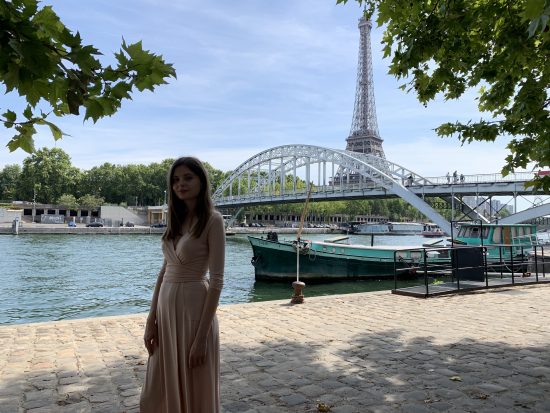









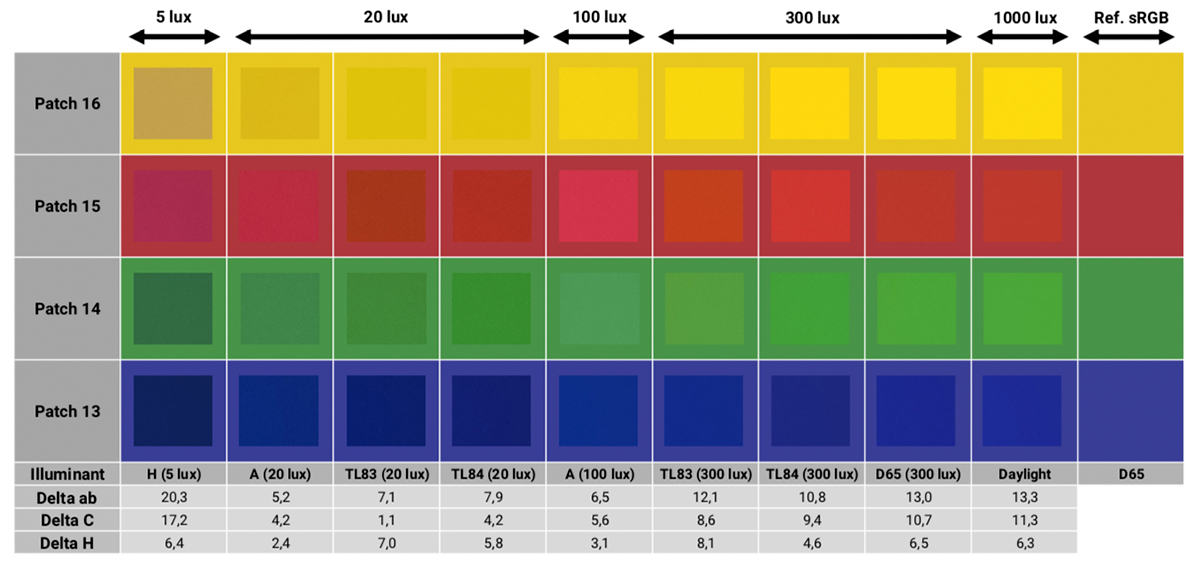
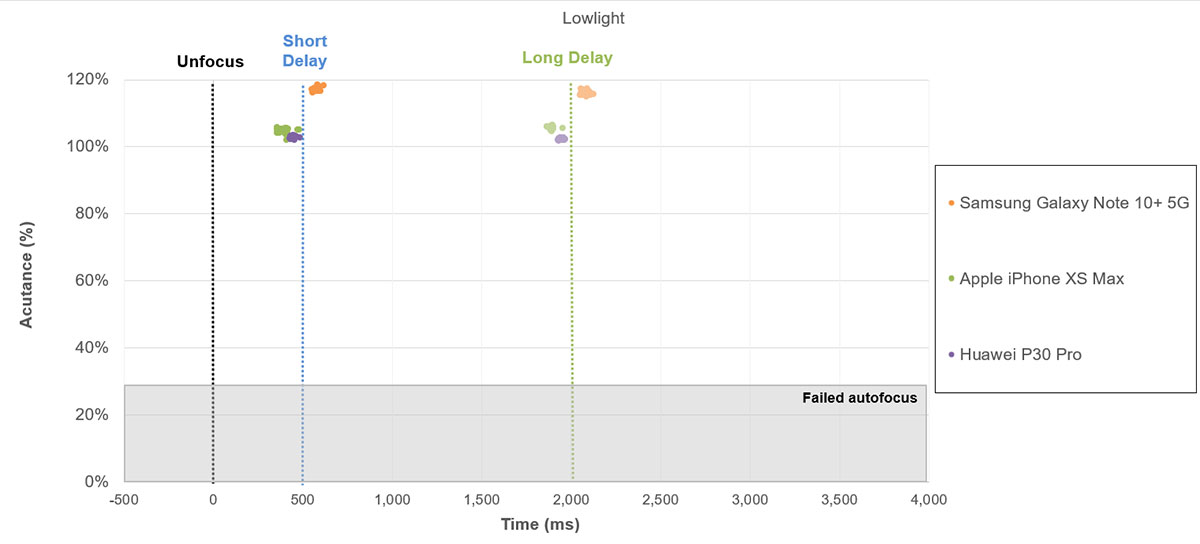

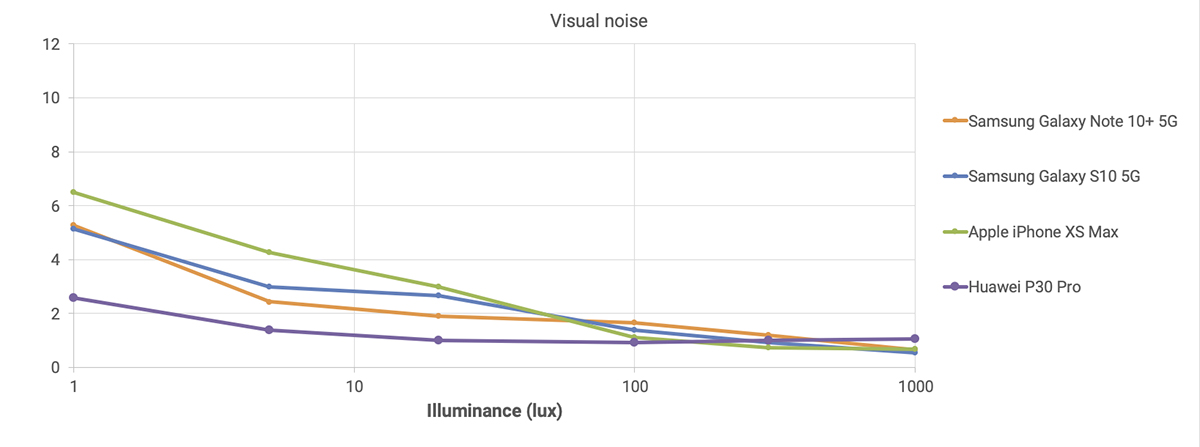








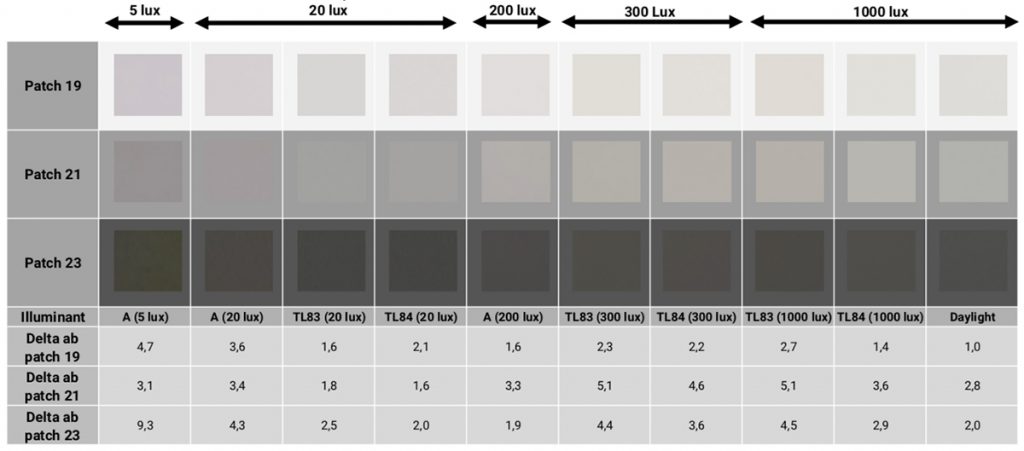








Comments
Post a Comment